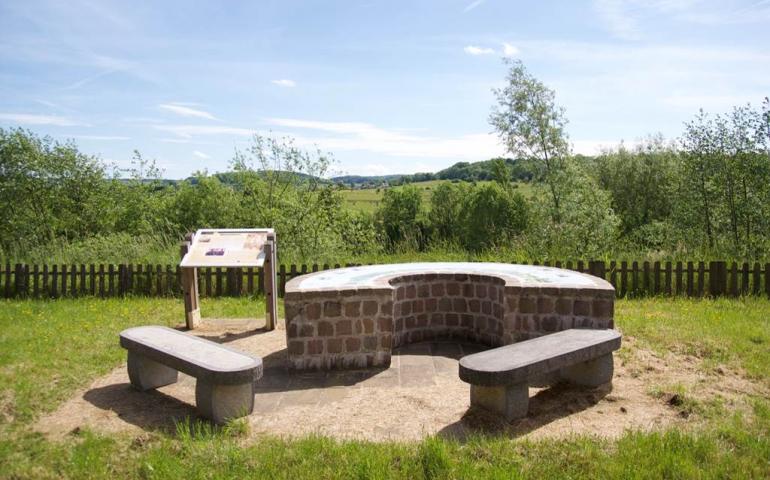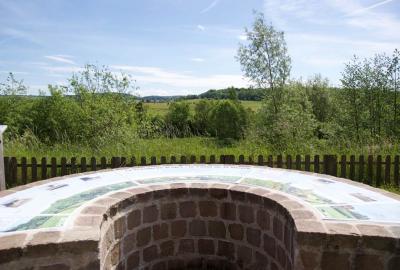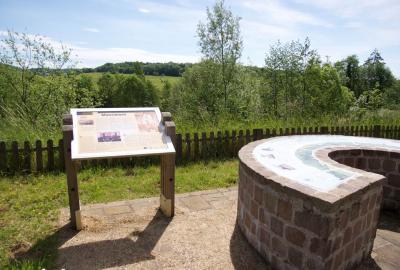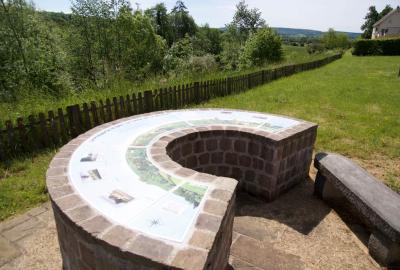Montimont, the camp of Misery
After having passed the night as a prisoner at Bellevue, the Emperor left on the 3rd of September for Germany escorted by German Hussards skirting around Sedan. It was, as a matter of fact, impossible to cross the town which resembled “ Dantes Inferno”. It was completely blocked by a confusion of cannons, horse drawn vehicles, horses and all the after- effects of battle and bombings. It took many days to collect the corpses from the battlefield and amass all the innumerable weapons and assorted military debris. The Peninsula of Iges, which the canal of Villette had turned into an island, also offered a vision of horror. It gained the name ‘camp de misere’ (Camp of Misery) : 83,000 men and 20,000 horses were cooped up in 400 hectares, denied nourishment, medical aid, shelter and the necessities for survival. Many died, and those who survived were marched off to captivity in Germany. Realising that all was lost, Napoleon III, now a broken man, had on the 1st of September 1870 tried to die with his soldiers. However two days later, as a deposed emperor he was
going along the Meuse River to Montimont when he saw his soldiers in dire straits. On the 3rd of September it was raining whilst he was escorted towards Belgium via Saint- Menges, Illy and la Chapelle.
Arriving in Bouillon in the afternoon, he visited French wounded at the fortified Castle before spending the night at the Hotel de la Poste. His room overlooked the river Semois,
and can still be visited. His guards conducted him to Libramont the next day, where he took the train to Kassel, a few kilometres from where he was imprisoned in the chateau of Wilhemhohe until the Treaty of Frankfurt (10th of May 1871). Less than three years after the debacle of Sedan ( disaster), he died in England where he had remained in exile.





